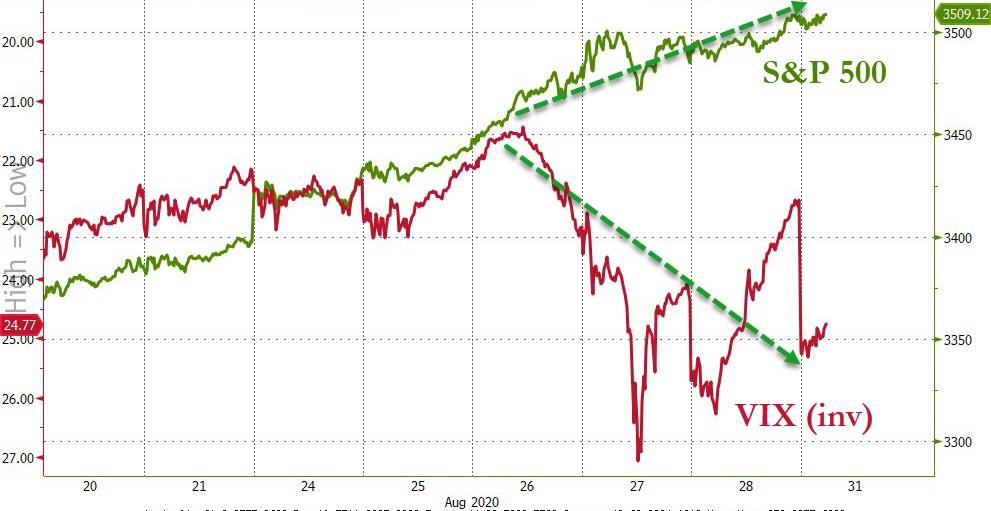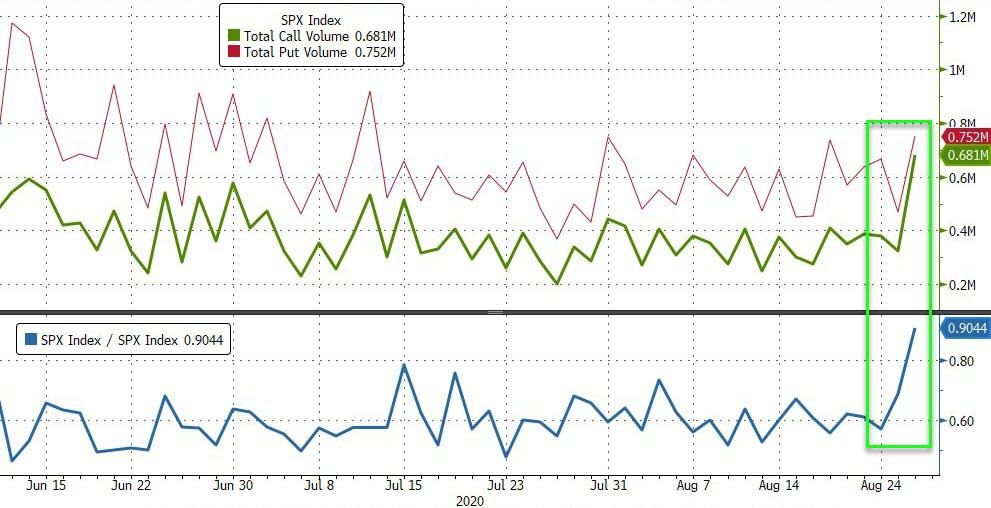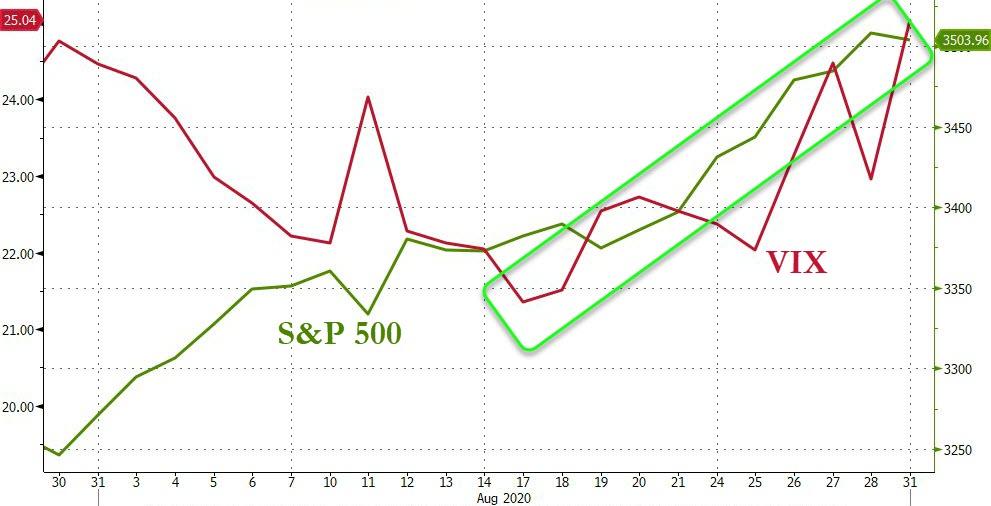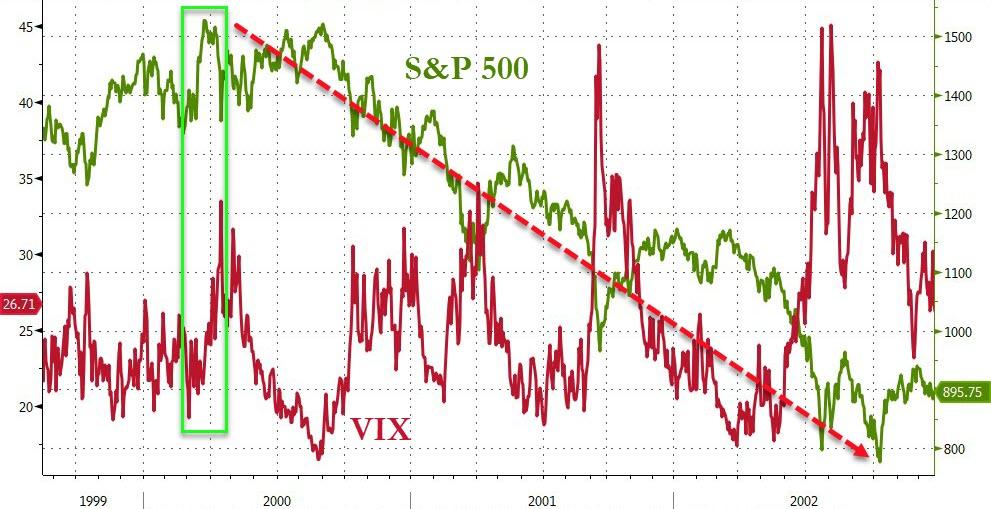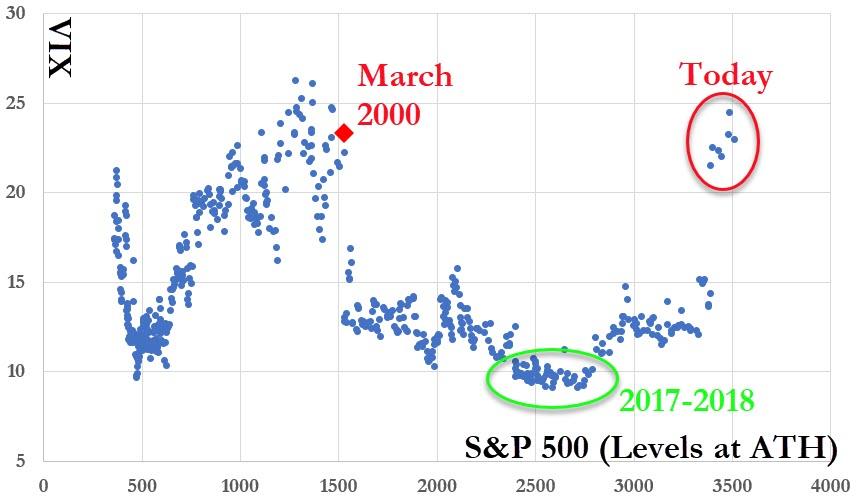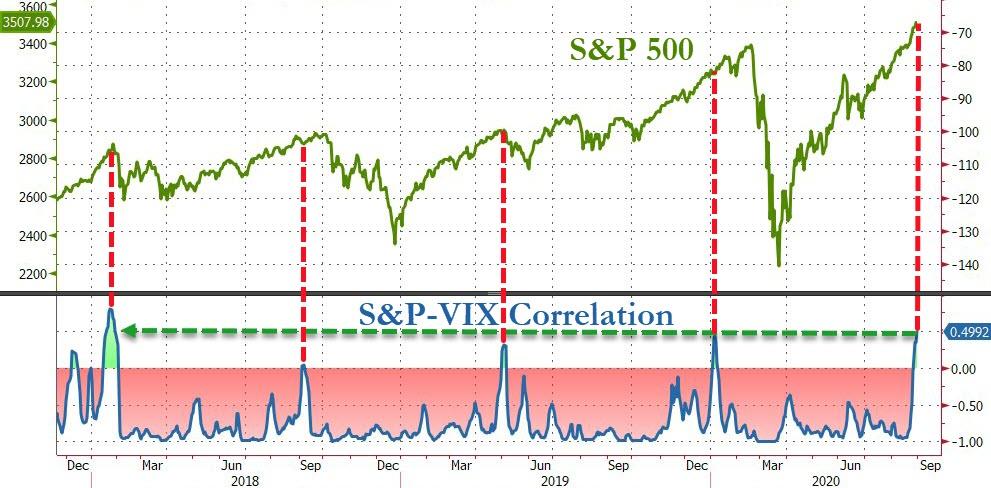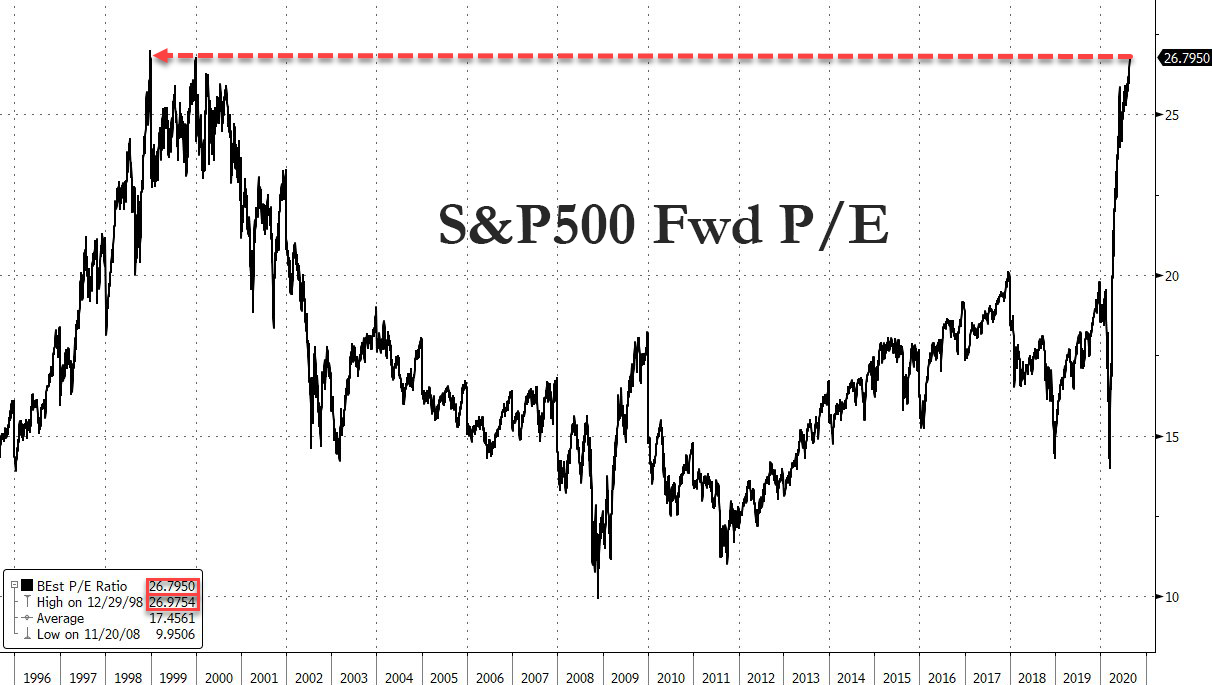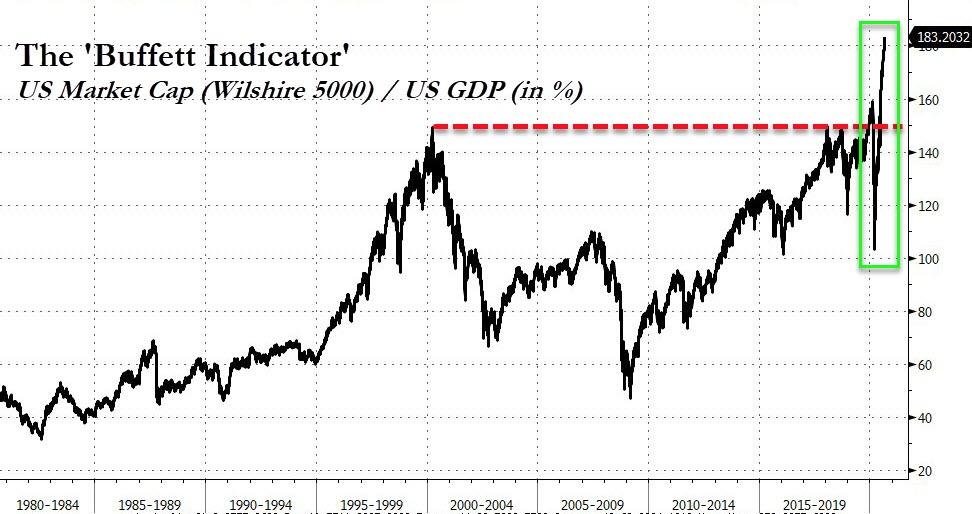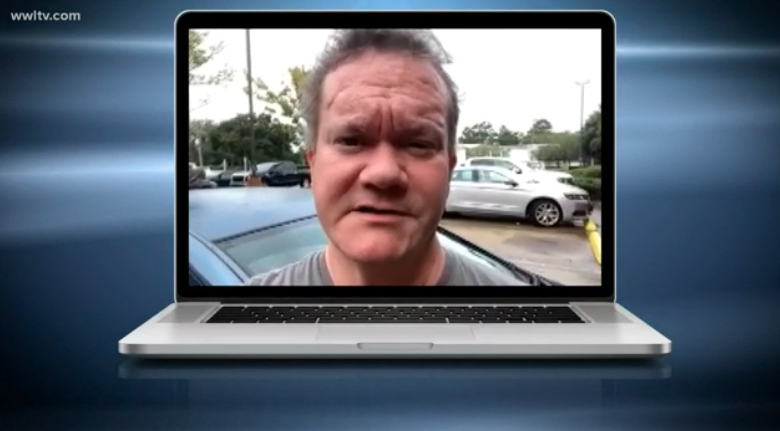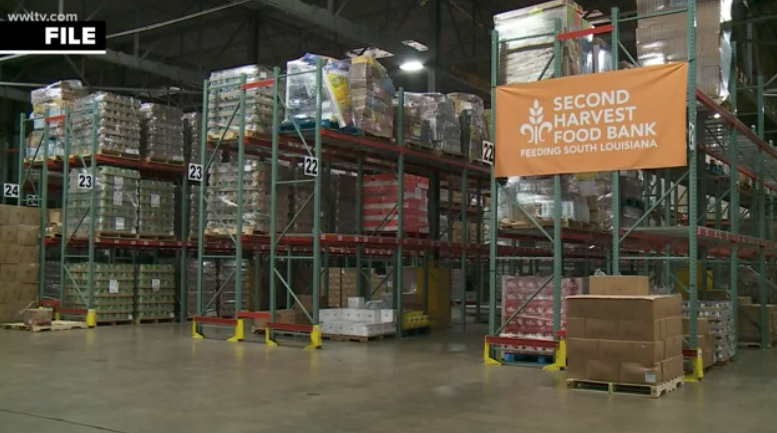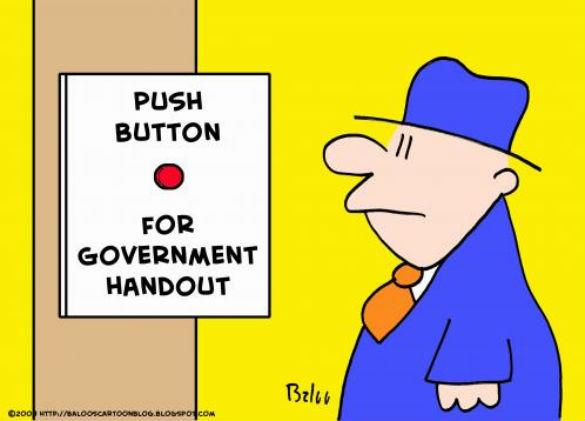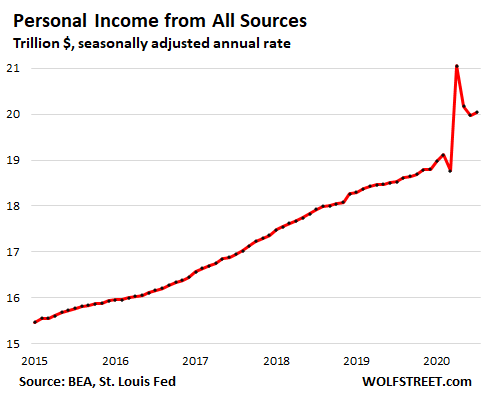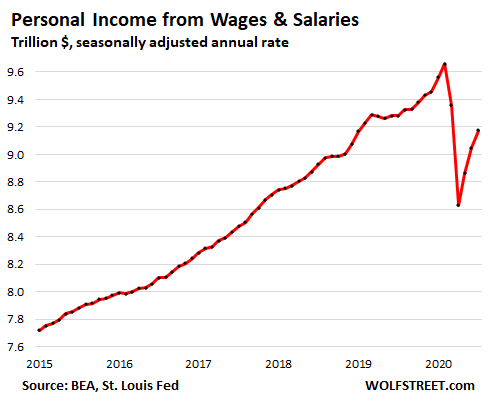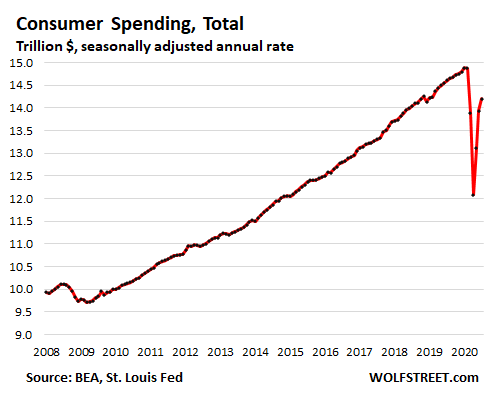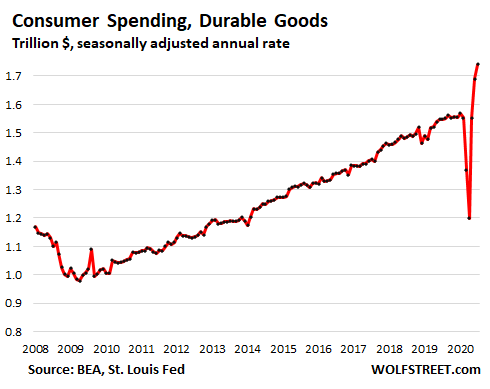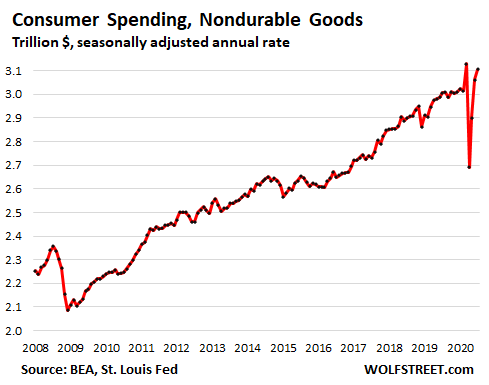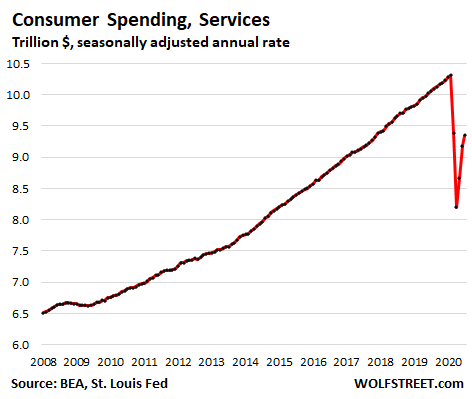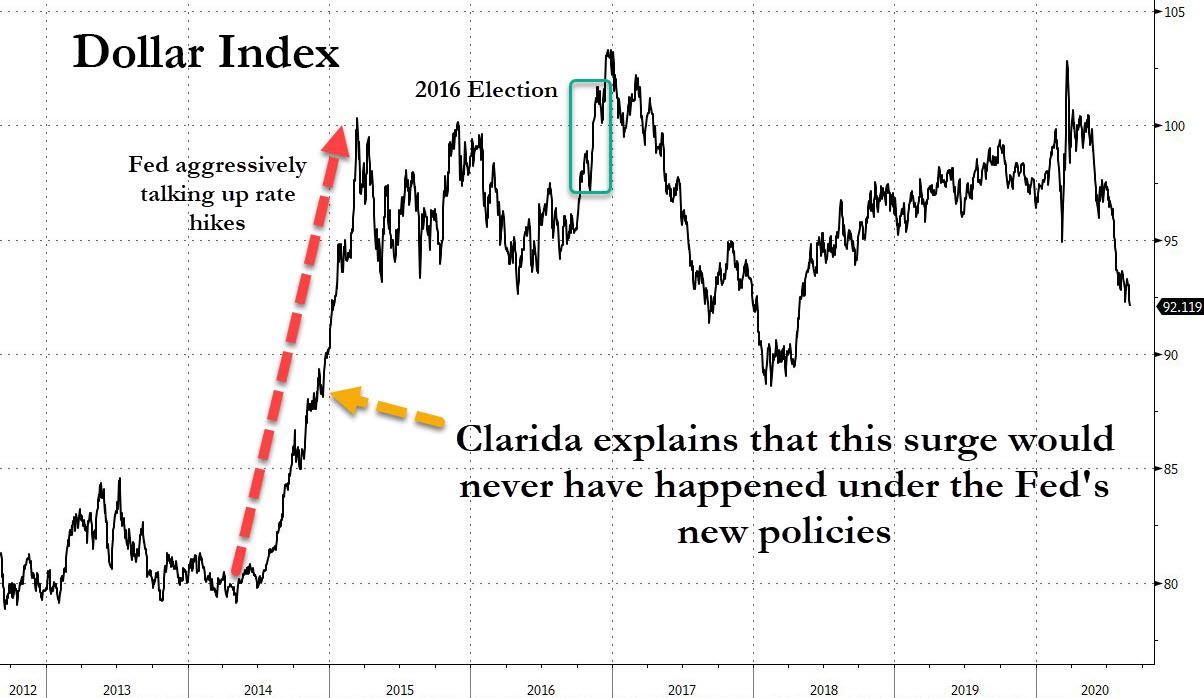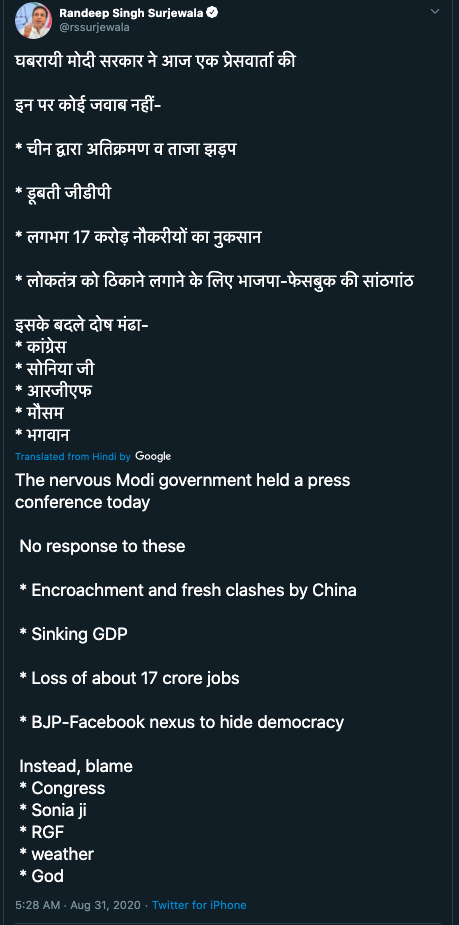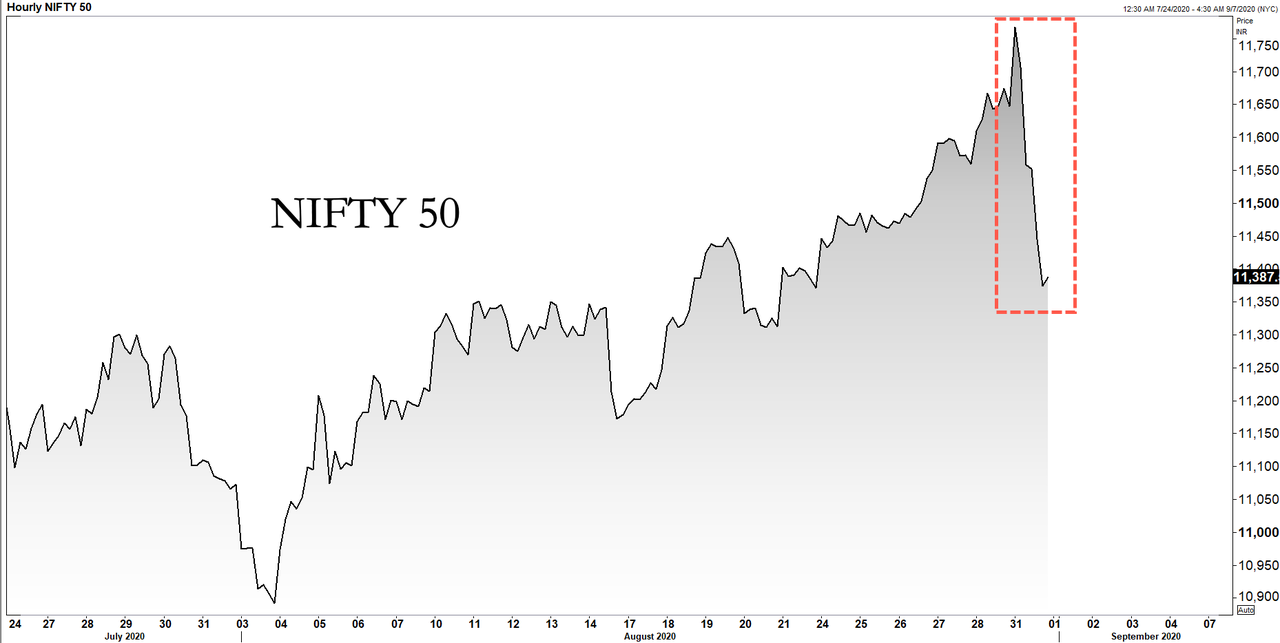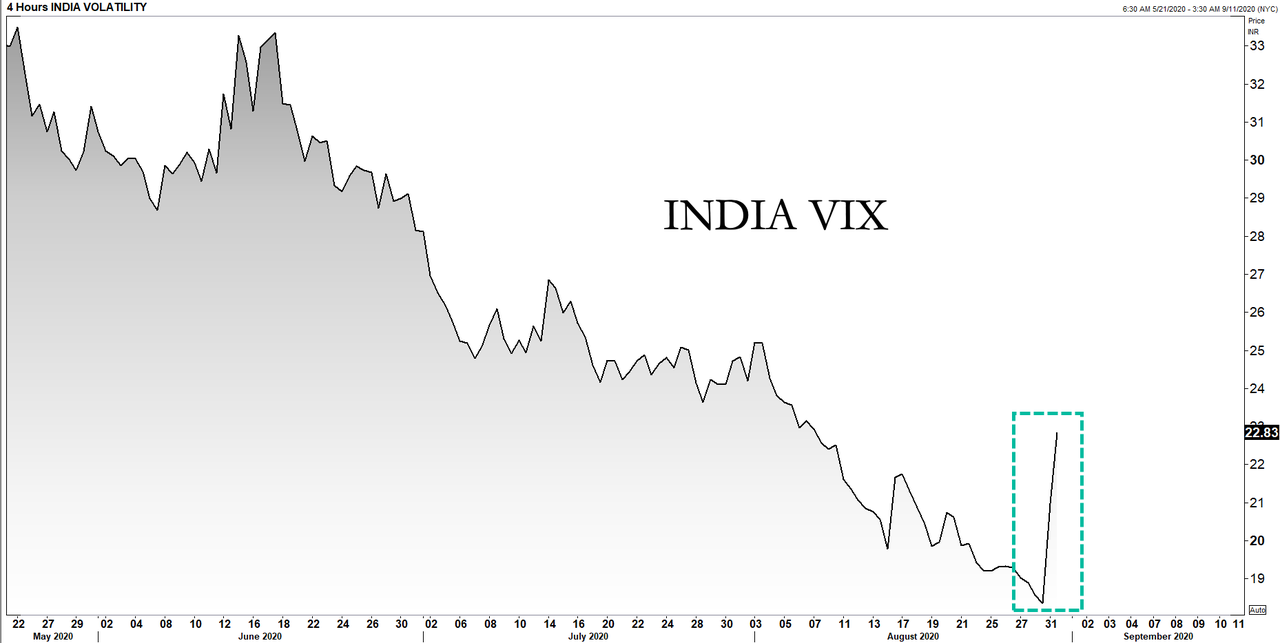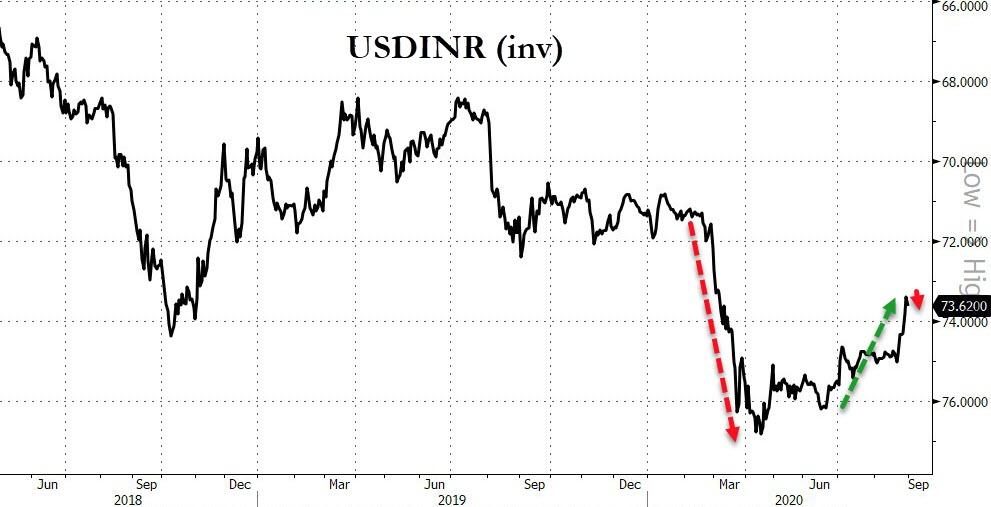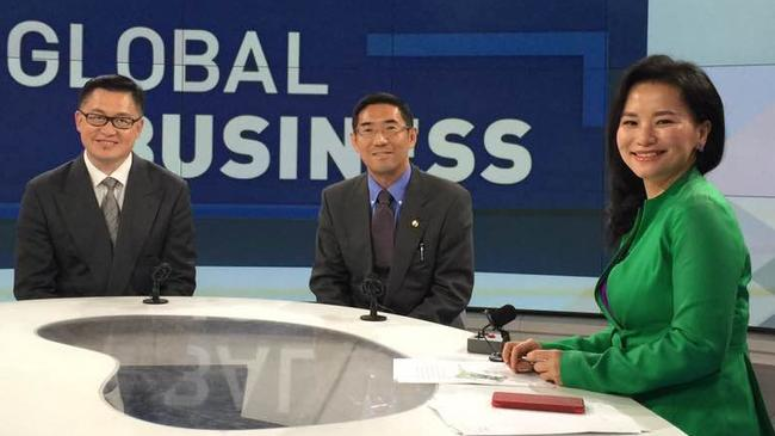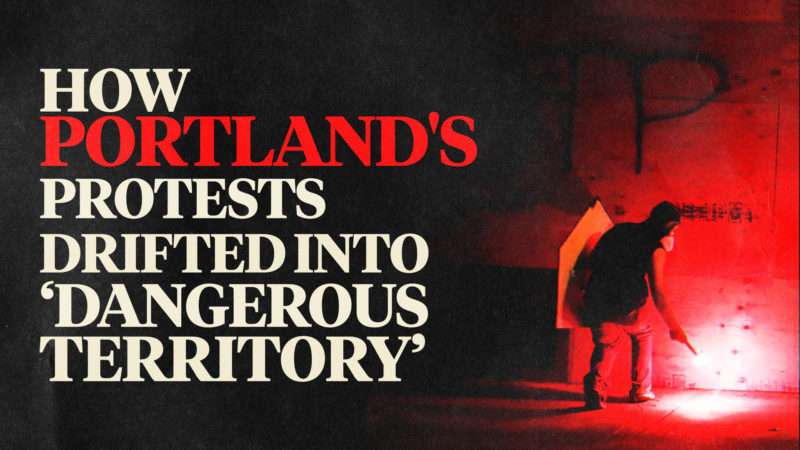
“When terror is seen as justified, I think it’s inevitable that something terrible is going to happen,” journalist Nancy Rommelmann told Nick Gillespie last week about the Portland protests she’s been covering for Reason. (Watch excerpts above, or listen to the full-length podcast interview.)
Her pessimism proved prescient: A man was shot and killed in Portland on Saturday, August 29, during a showdown between Black Lives Matter and Donald Trump supporters. This follows the killing of two men and the wounding of a third in Kenosha, Wisconsin during protests of the police shooting of Jacob Blake. Things seem to be intensifying in the nation’s capital as well, with D.C. protesters intimidating Sen. Rand Paul (R–Ky.) while walking away from Donald Trump’s speech at the Republican National Convention, demanding that diners raise fists in solidarity with Black Lives Matter, and displaying a guillotine outside Amazon founder Jeff Bezo’s Washington residence.
Rommelmann explains how the protests in Portland, which have already lead to the burning and vandalizing of municipal and federal buildings and many businesses, are fanning out into residential neighborhoods, with demonstrators shining lights into houses in the early-morning hours and demanding that sleeping families “wake up” to racism, income inequality, and other issues.
“If you’re a 22-year-old and you’re home and you’re not in school anymore, and maybe your job has gone away because a lot of jobs were lost in Portland” due to the COVID-19 lockdowns, “you’re looking for identity and you’re looking for people to hang out with,” says Rommelmann, who has interviewed dozens of protestors. “Then you put on an outfit and you go out every night and you feel energized and part of something.”
She worries that as the protests in Portland meet minimal resistance from the city government, demonstrators are becoming emboldened even as they become less focused on specific reforms.
“When the definition of free speech or a peaceful protest starts to become very elastic, when terror is seen as justified, we’ve seen how these things go,” she says. “People justify the things in their mind. They blame the white supremacists of Portland, or the city government, or the cops. And they see what they’re doing as creating some sort of justice.”
Written by Nick Gillespie; edited by John Osterhoudt; thumbnail graphic by Lex Villena.
Protest video by BG On the Scene/Brendan Gutenschwager; Photos: Caitlin Ochs/Reuters/Newscom; Allison Dinner/ZUMA Press/Newscom; John Rudoff/Sipa USA/Newscom; Terray Sylvester/Reuters/Newscom; Alex Milan Tracy/Sipa USA/Newscom; Alex Milan Tracy/Sipa USA/Newscom; Alex Milan Tracy/Sipa USA/Newscom; Ted Nieters/Polaris/Newscom; John Rudoff/Sipa USA/Newscom; Amy Katz/ZUMA Press/Newscom; Mark McKenna/ZUMA Press/Newscom; John Rudoff/Sipa USA/Newscom; John Rudoff/Sipa USA/Newscom; John Rudoff/Sipa USA/Newscom; Allison Dinner/ZUMA Press/Newscom; John Rudoff/Sipa USA/Newscom; John Rudoff/Sipa USA/Newscom; John Rudoff/Sipa USA/Newscom; John Rudoff/Sipa USA/Newscom; Alex Milan Tracy/Sipa USA/Newscom; John Rudoff/Sipa USA/Newscom; John Rudoff/Sipa USA/Newscom; John Rudoff/Sipa USA/Newscom; Alex Milan Tracy/Sipa USA/Newscom; Alex Milan Tracy/Sipa USA/Newscom; Nathan Howard/ZUMA Press/Newscom; Mark McKenna/ZUMA Press/Newscom; Mark McKenna/ZUMA Press/Newscom; Amy Katz/ZUMA Press/Newscom; Alex Milan Tracy/Sipa USA/Newscom
from Latest – Reason.com https://ift.tt/3bbUowR
via IFTTT
